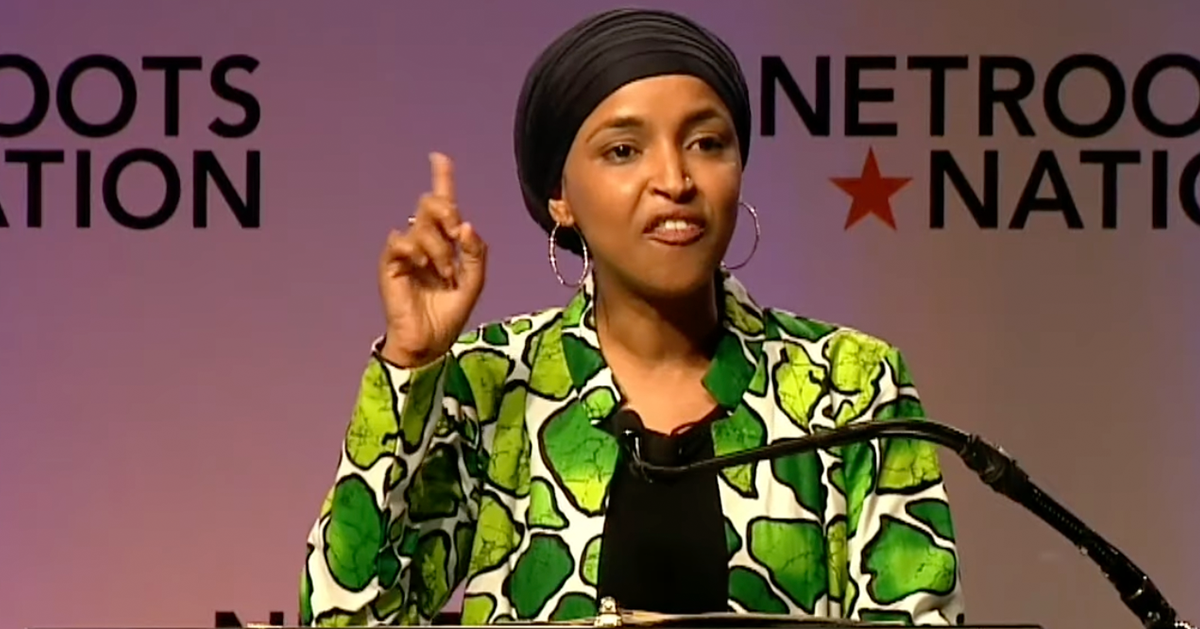Trump Predicted to Achieve Unprecedented Hispanic Support
According to recent insights from CNN data reporter Harry Enten, former President Trump is predicted to reach unprecedented levels of support among Black and Hispanic voters in the upcoming November election.
Enten's analysis suggests a significant shift in voter demographics, with Trump potentially setting records for Republican minority support while Kamala Harris garners strong backing among White voters with college degrees, Fox News reported.
Enten presented his findings during a segment on CNN’s "Inside Politics," where he highlighted polling data that could spell trouble for the Democratic party. According to his assessment, Republicans are outpacing Democrats in terms of party identification and registration for the first time in almost four decades.
Harris' Prospective Support Among College Graduates
A recent New York Times/Siena College poll underscores this trend, showing that Vice President Kamala Harris commands 78% of the Black vote. In prior elections, notably 2016 and 2020, Democrats such as Hillary Clinton and President Biden secured higher percentages of the Black vote, making the current figures a point of concern for the party. Meanwhile, speculation is rife that Trump could outperform previous Republican efforts with Hispanic voters, rivaling George W. Bush’s success in 2004.
Enten emphasizes that the GOP currently holds a slender one-point lead in terms of party identification. Traditionally, Democrats lead by an average of eight points when they lose, and three points when they claim victory. In this cycle, Republicans appear to be surpassing these averages, which raises questions about the potential outcome of the election.
Impact of Minority and Educational Demographics
A key aspect of this political battle involves Harris' appeal to White voters with college educations. Enten points out that Harris leads Trump by 18 points among this demographic, lending her campaign considerable strength. However, the overarching question remains whether this can counterbalance Trump’s appeal among minority groups.
Survey data from NBC News indicates a tight race between Harris and Trump, with each obtaining 48% support in a hypothetical showdown. This deadlock is further complicated when third-party candidates are added to the equation, as Trump takes a slight lead with 47% to Harris' 46%.
Significance of Enten's Polling Analysis
Enten adds context to these patterns by comparing them to historical trends. He notes that Trump's current performance with minority voters stands out for a Republican since Nixon's era. The potential for such support is unprecedented in modern times and could reshape the electoral landscape.
While Harris shows potential to gather significant backing from college-educated White voters, Enten questions if this will suffice to offset Trump's appeal among Black and Hispanic groups. This dynamic represents a critical battleground in the forthcoming election.
Possible Outcomes and Political Implications
Despite potential gains in minority support, Enten underscores the uncertainty about whether it will translate into a decisive victory. Harris’ strong support from college-educated White voters is critical in this equation.
The evolving demographics reveal shifting allegiances, with the GOP making headway in areas traditionally dominated by Democrats. This change is characterized by an increase in party identification and registration favoring Republicans.
Democratic Concerns Over Shifting Allegiances
Democratic strategists are acutely aware of these trends, particularly the erosion in minority support. The previous benchmark set by Clinton and Biden underscores the significance of maintaining substantial Black voter support.
Trump’s potential success with Hispanic voters also signals a need for strategic adjustments within the Democratic party. The shifting dynamics necessitate a re-evaluation of voter outreach strategies to mitigate potential losses and bolster support among key demographics.
Conclusion and Election Forecast Considerations
As the nation approaches another pivotal election, the predictive analyses provided by Enten offer a revealing glimpse into the potential shifts within the electoral landscape. His insights compel both parties to reassess their approaches to engaging with various voter demographics.
Ultimately, the outcome of this electoral battle may hinge on the GOP's ability to capitalize on shifting support from minority voters and the Democrats’ capacity to galvanize their traditional base. As the election draws near, all eyes will be on the evolving voter trends that could chart the course for the nation's political future.






